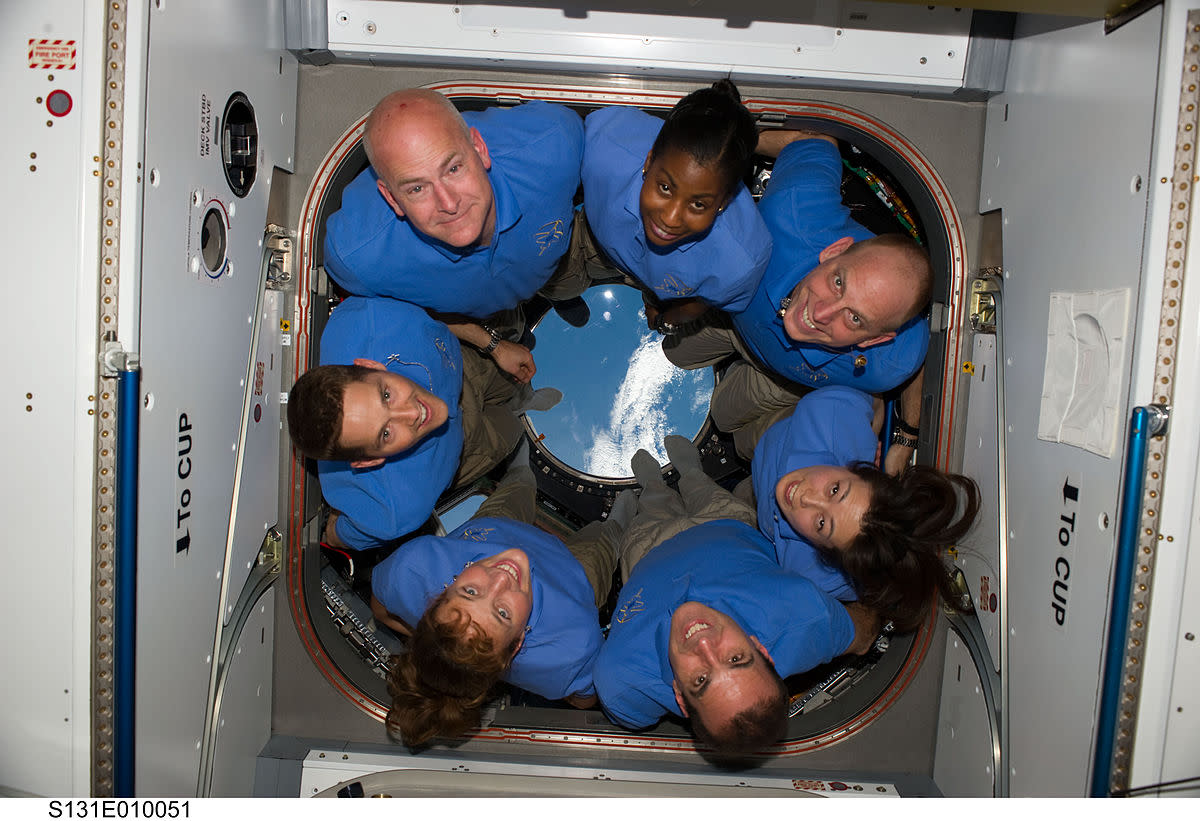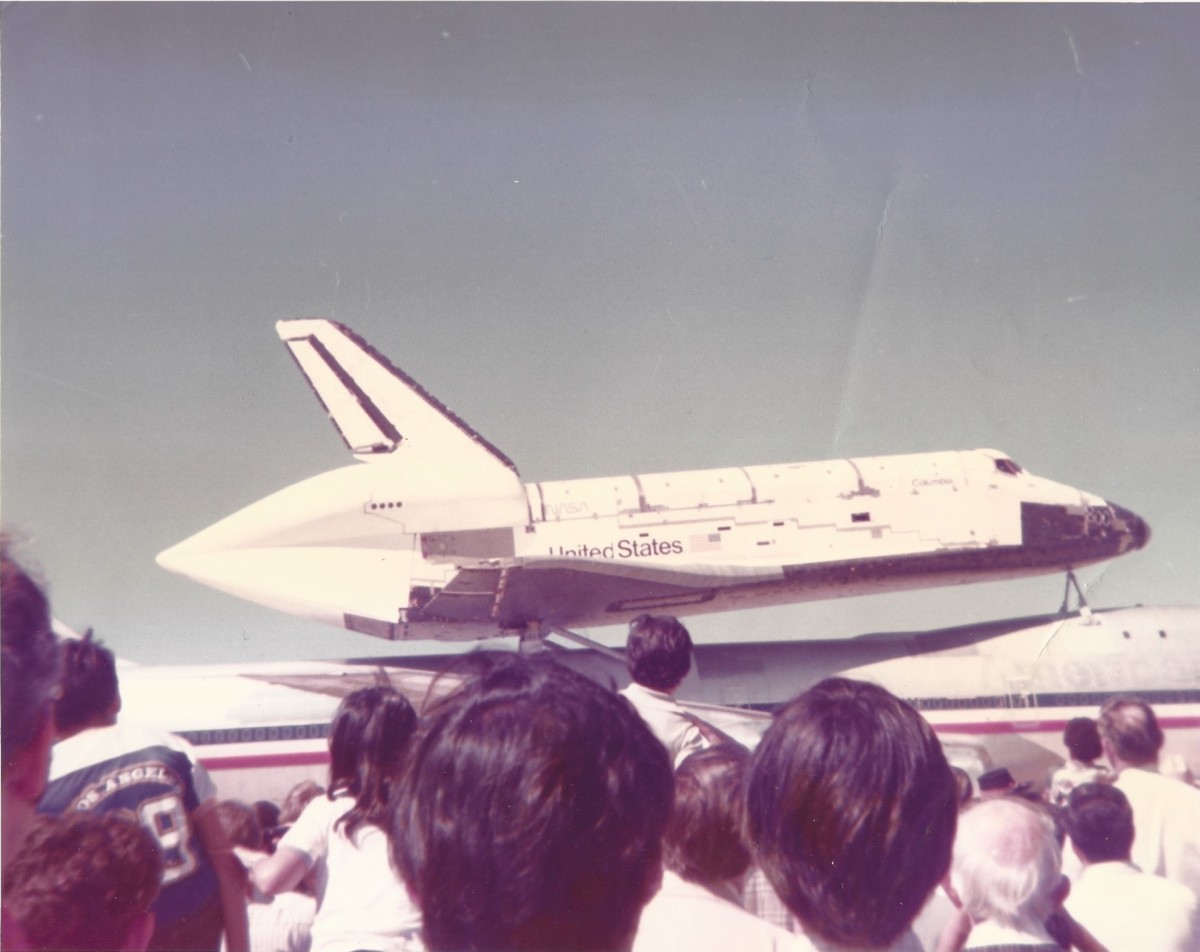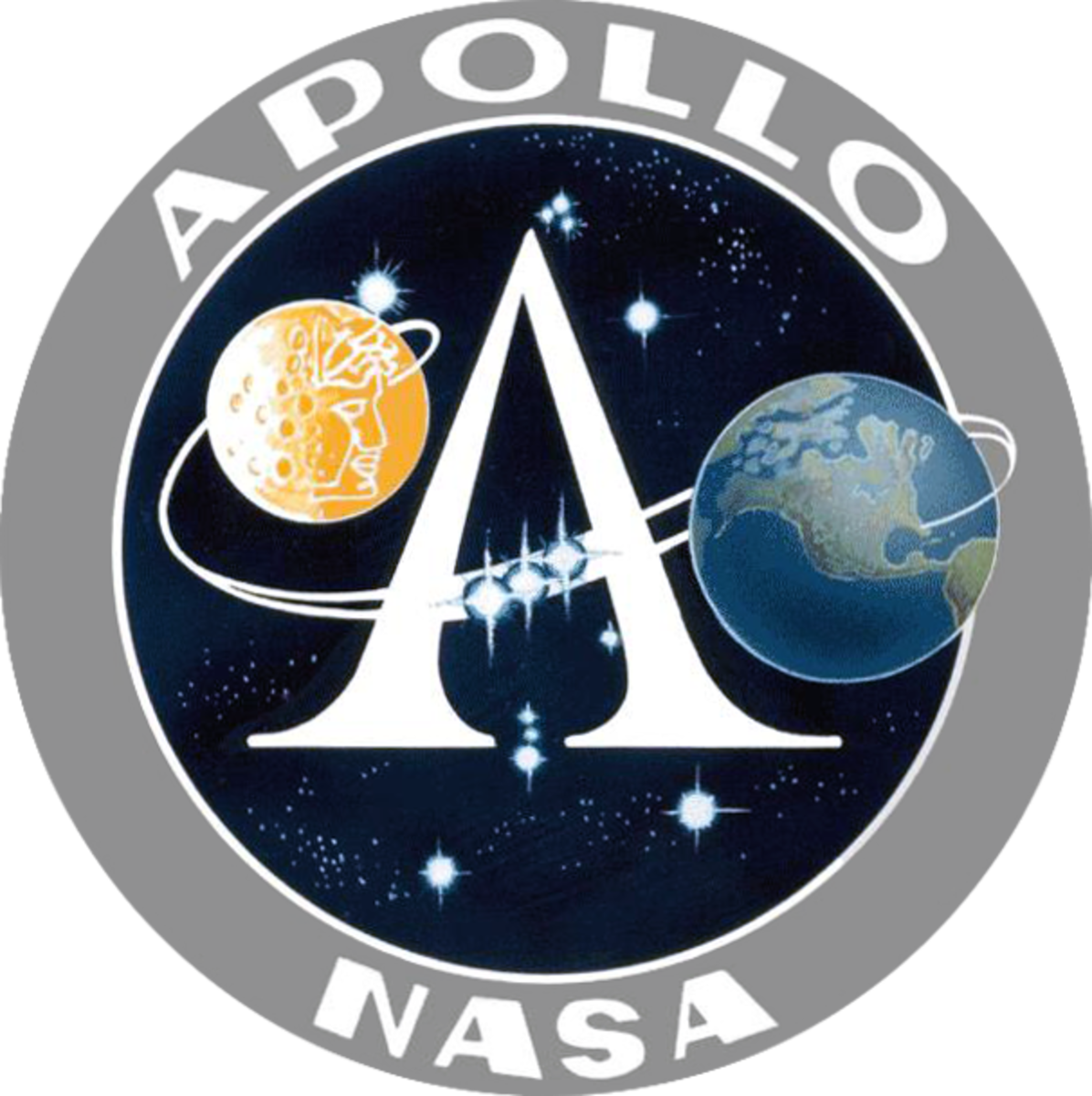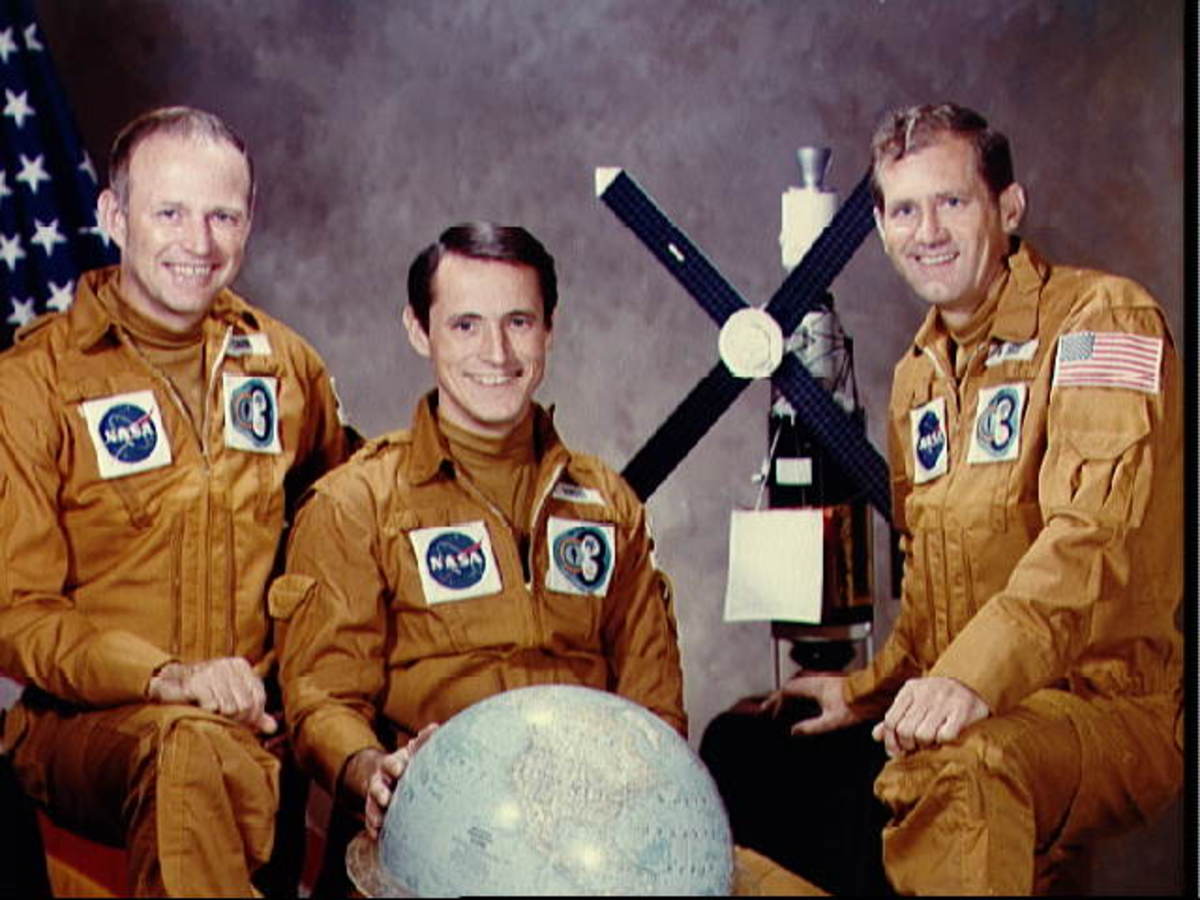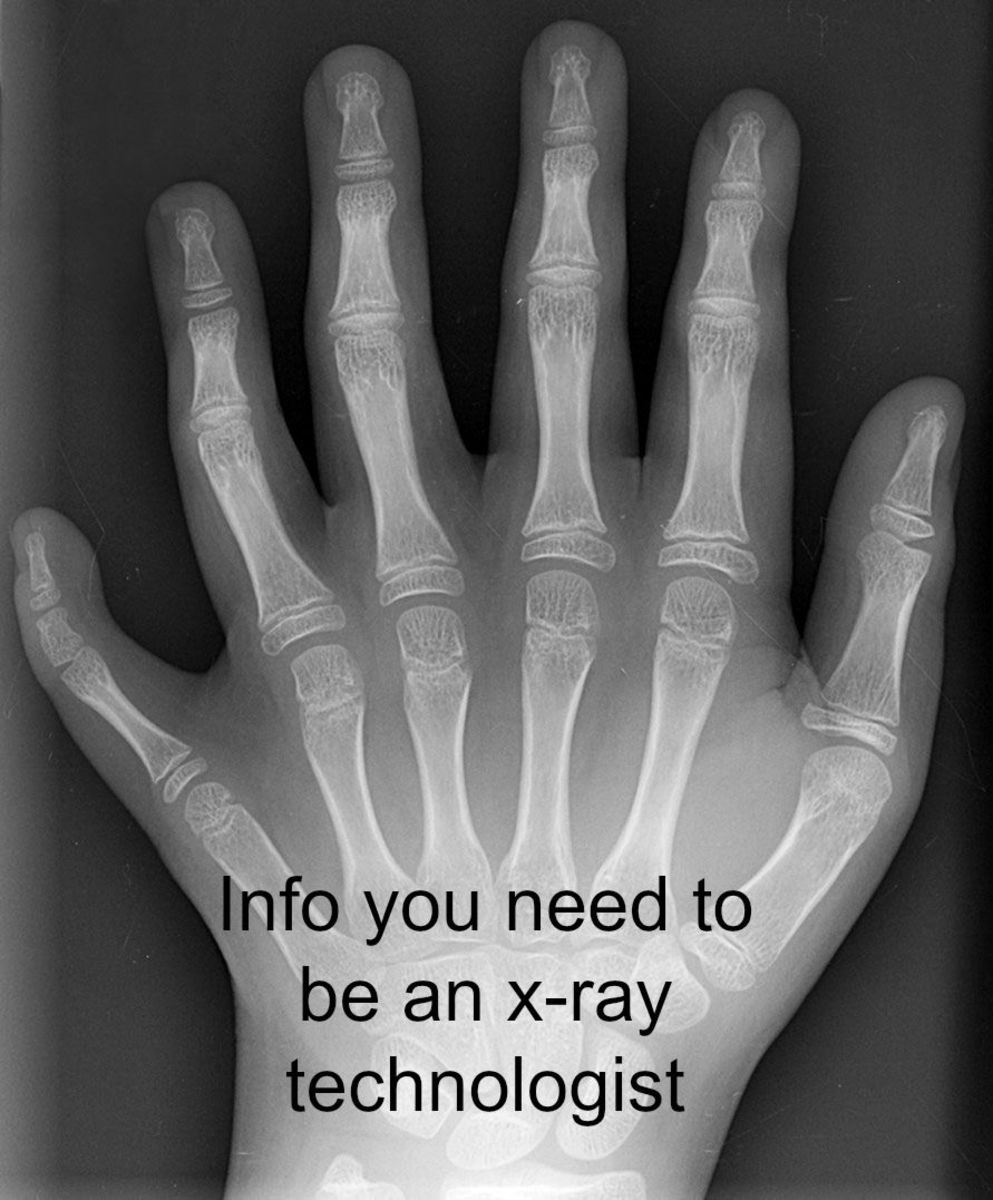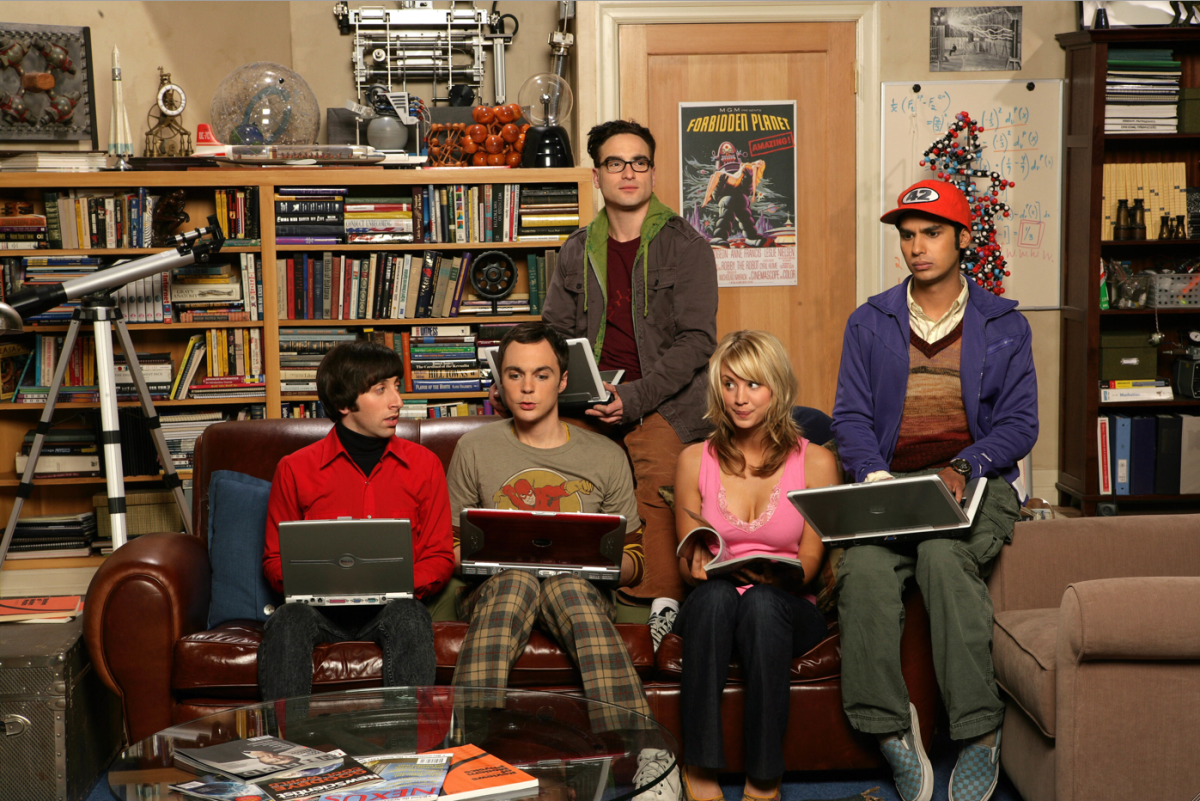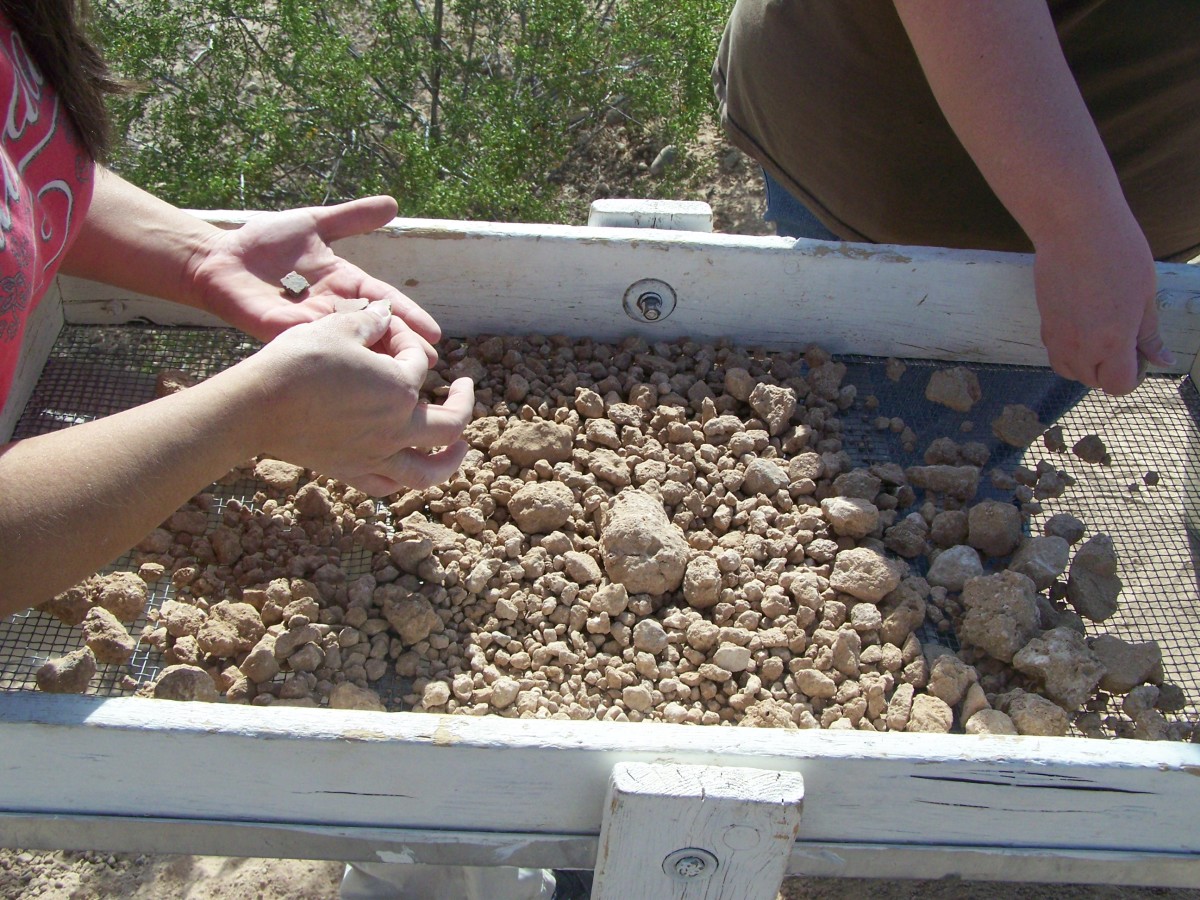Occupational Duties of Astronauts
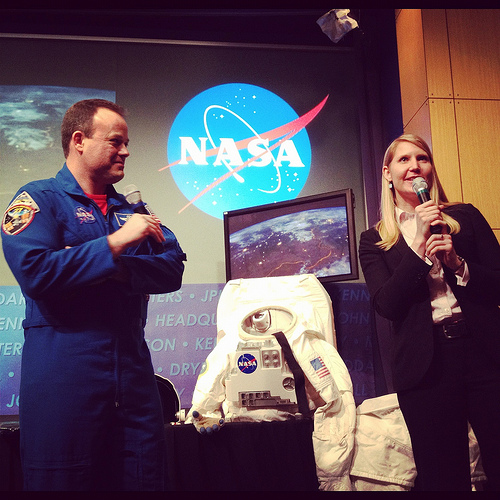
© 2013 by Aurelio Locsin.
The glamour of the astronaut profession comes from exploring uncharted territory and the chance to do something new everyday. The fun derives from floating in weightlessness and gazing at the large blue Earth. Supporting these highly publicized extremes are everyday duties that these space professionals must perform, which differs by job specialty.
Pilots
Pilot astronauts guide spacecraft to their destinations, such as to Earth orbit, and back down to a landing. They can become commanders of space missions, who are are responsible for the safety of passengers, crew and cargo, which are called payloads. Their primary responsibility is the safe and efficient functioning of their vehicles, but they often help with other missions, such as deploying satellites using remote manipulator arms or participating in space walks to repair ship systems.
Mission Specialists
Mission specialists perform the tasks assigned to a particular space flight. They may conduct experiments with plant reproduction in weightlessness, launch satellites, or observe and record solar phenomenon. They oversee living conditions by monitoring crew health, managing food and oxygen supplies, and initiating exercises to maintain bone and muscle mass. As such they require knowledge of specific shuttle systems, such as electrical systems, and must maintain and repair those systems. They help payload specialists fulfill their missions.
Payload Specialists
While pilots and mission specialists work for the National Aeronautics and Space Administration, payload specialists do not. They may be scientists, engineers, employees of private companies or foreign nationals with specialized duties. They generally accompany payloads, which ultimately defines their responsibilities. For example, engineers may test the strength of synthetic materials in weightlessness while communications specialists repair satellites for a phone company.
Qualifications
Astronaut candidates need at least a bachelor’s degree in engineering, science or math. They also require at least three years of related experience showing increasing responsibility, although advanced degrees can make up for actual work. A master’s degree equals one year of experience and a doctoral degree equals three years. In addition, pilot candidates must have at least 1,000 hours of command experience in jet aircraft. Astronauts must be between 62 and 75 inches tall, visual acuity correctable to 20/20 in each eye and blood pressure that is less than 140/90 as measured while sitting. Applicants, who are not sponsored by other countries, must also be U.S. citizens. However, those with U.S. dual citizenship can also apply. Finalists then go through a weeklong regimen of personal interviews, medical exams and orientation. Those selected for employment must then successfully pass a background investigation.
Related Links
- Alocsin's Jobs and Salaries Index
The following is an index to Alocsin's hubs on jobs, employment and salaries, arranged in alphabetical order by category and then title. The last section, What's New, lists the five newst jobs hubs. - For Love and Money: The Highest Paying Jobs in the U...
America's best paid professions earn over six figures. Find out what they are in this article. - Highest Paying Scientist Jobs in the USA: Physicist ...
The highest paying physical scientist jobs in the USA belongs to physicists. Find out the job requirements and salaries. - Top 10 Fastest Growing Engineer Jobs in the USA unti...
Engineers apply theoretical knowledge of math and the physical sciences to create practical solutions for everyday problems. The following list shows the top 10 engineering disciplines that will add the most jobs, arranged in descending order. - NASA: Astronaut Selection


